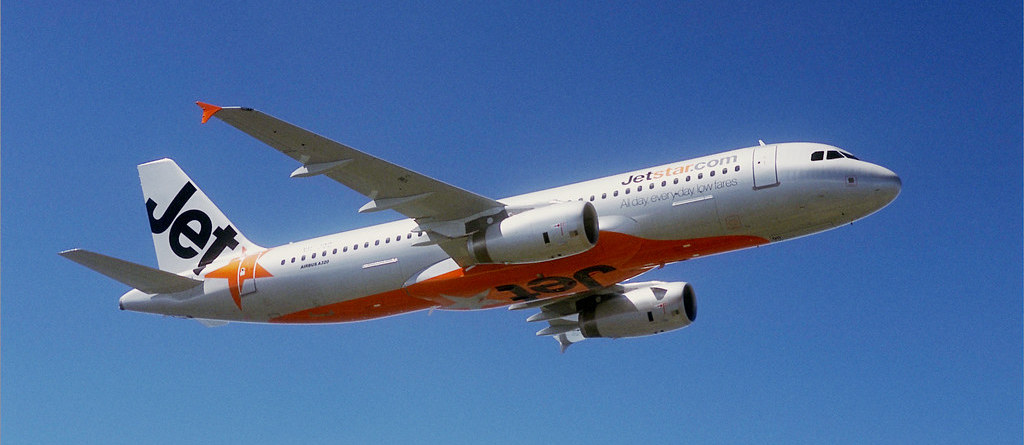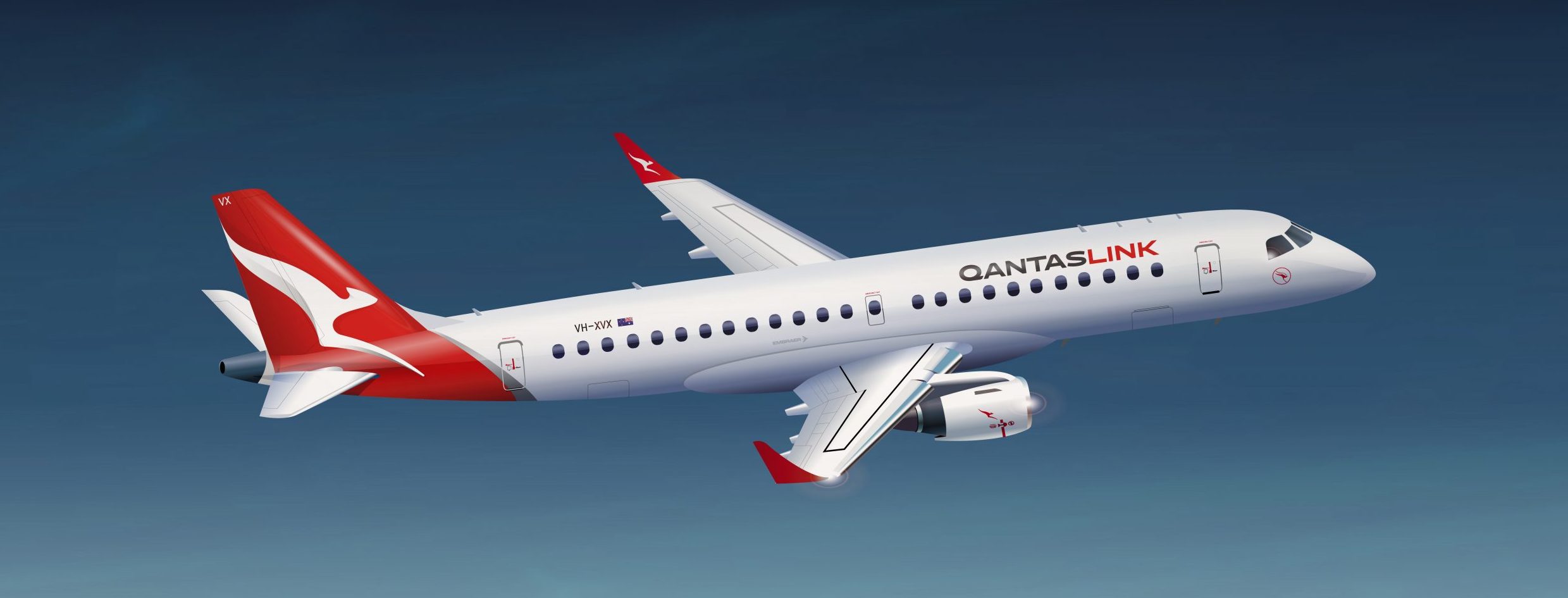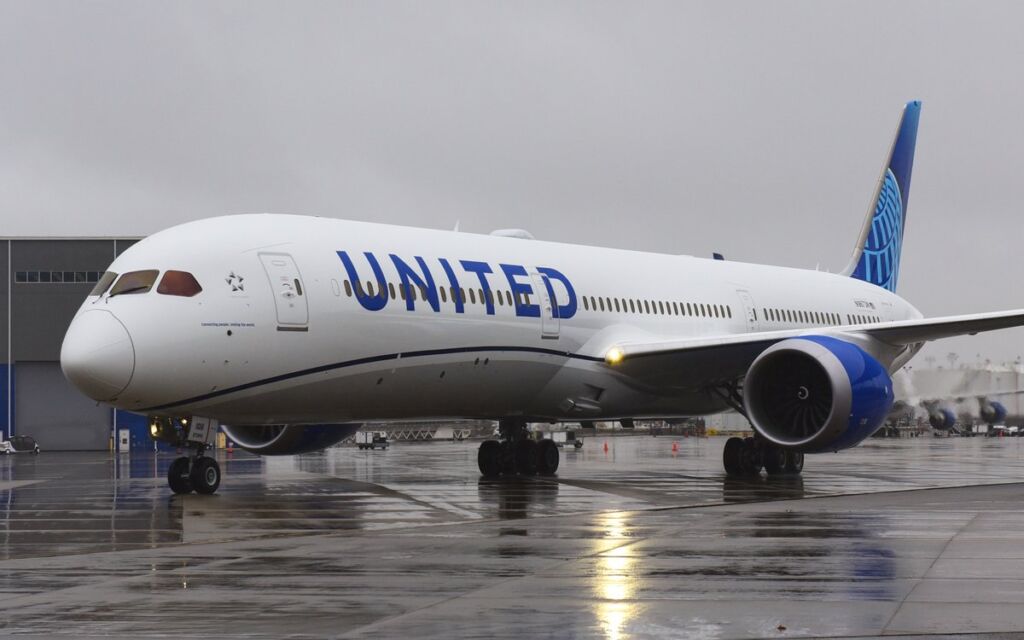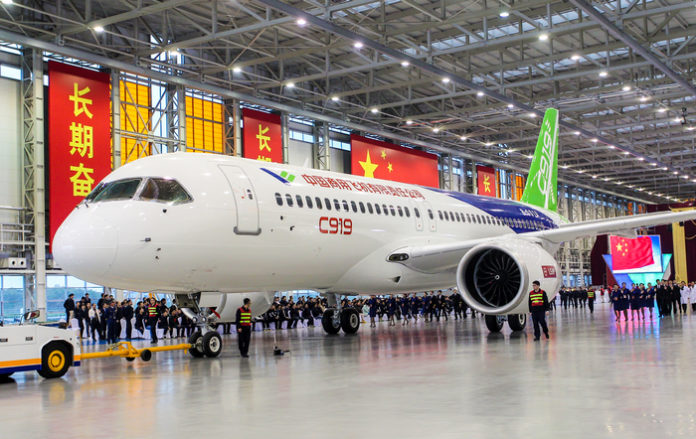The Qantas Group is preparing for continued growth in domestic travel demand, with additional aircraft to be made available for Qantas and Jetstar flying.
Additional E190’s for QantasLink
The national carrier today announced an expansion of its three-year deal with Alliance Airlines, which provides QantasLink with capacity using Alliance’s Embraer E190 regional jet aircraft and the flexibility to respond to changing market conditions.
The expanded agreement will see the airline increase its options under this deal from 14 jet aircraft to a total of 18. Of this, three are already flying with another five to enter service by October. The E190s will be painted in QantasLink livery and are part of Qantas growing its domestic capacity to at least 107 per cent of pre-COVID levels in FY22.
The first of the 94-seat E190 jets started flying on the QantasLink network last month. The jet’s five-hour range makes it well suited to linking regional centres with smaller capital cities. The introduction of E190s also frees up Qantas’ Boeing 737 aircraft to be redeployed across the domestic network, enabling the airline to launch a number of new routes and add frequencies on existing ones.
Canberra-Adelaide is the latest route to benefit from additional flights made possible by the E190, with frequencies to double from nine per week to 18 per week from mid-July.
Jetstar boosts its Australian-based A320 fleet
Demand for low-cost leisure travel remains strong due to closed international borders and structural changes in Australia’s aviation market. As a result, Jetstar’s Australian domestic network is set to grow to 120 per cent of its pre-COVID schedule in FY22.
To help meet the increased demand, three Airbus A320 aircraft will be temporarily redeployed from Jetstar Asia in Singapore while international travel in the region faces a slower recovery.
These aircraft join the six Airbus A320 aircraft on loan to Jetstar Airways from Jetstar Japan and up to five Boeing 787-8 aircraft set to operate domestically until international travel resumes.




